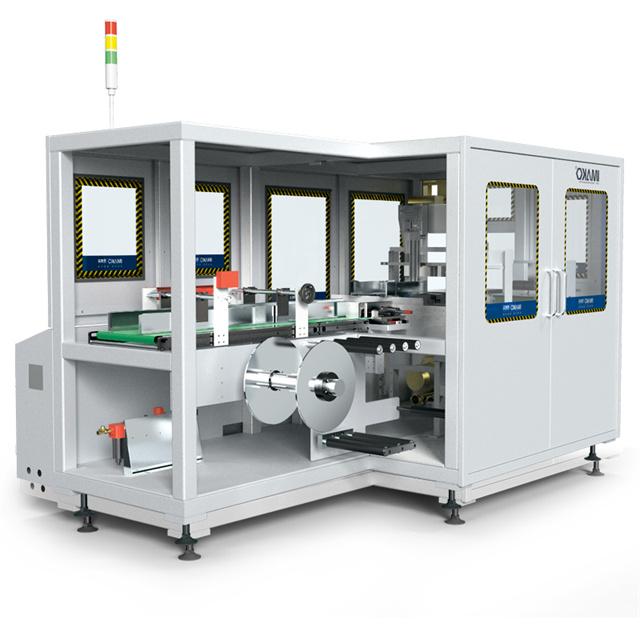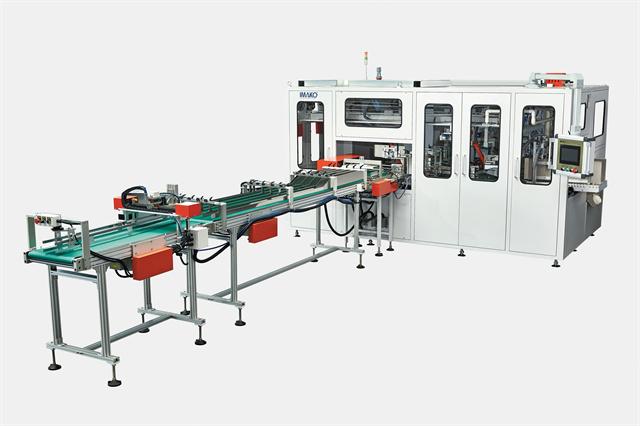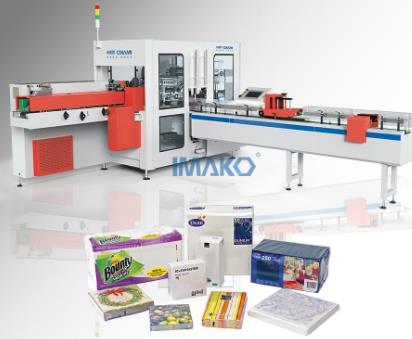
Author:IMAKO Tissue MachineFROM:Toilet Paper Machine Manufacturer TIME:2024-10-07
Toilet paper is an essential household item used worldwide for personal hygiene and comfort. The production of toilet paper is a complex process that involves several stages, from raw material preparation to the final packaging of the product. This article will explore the intricate steps involved in the toilet paper production line, highlighting the technology and techniques used to ensure quality and efficiency.

The first step in the toilet paper production line is the selection of raw materials. Toilet paper is primarily made from cellulose fibers derived from wood pulp. Manufacturers often use a combination of virgin wood pulp and recycled paper to create a sustainable product. The choice of raw material significantly impacts the softness, strength, and overall quality of the final product. Sustainable sourcing practices are increasingly being adopted to minimize environmental impact.
Once the raw materials are selected, they undergo the pulping process. In this stage, wood chips or recycled paper are mixed with water and chemicals to break down the fibers. There are two main methods for pulping: mechanical and chemical. Mechanical pulping uses physical forces to separate the fibers, while chemical pulping involves using chemicals to dissolve the lignin that binds the fibers together. Each method has its advantages, with mechanical pulping generally resulting in a higher yield, but chemical pulping producing stronger fibers.

After pulping, the next step is bleaching and refining the pulp. Bleaching is performed to remove any residual color and to achieve the desired whiteness of the toilet paper. This is usually done using chlorine dioxide or hydrogen peroxide, which are more environmentally friendly alternatives to traditional chlorine bleach. Refining involves beating the pulp to improve its consistency and fiber development, which enhances the softness and absorbency of the final product.
Following bleaching and refining, the pulp is diluted with water and pumped onto a forming wire, where it is spread out to create sheets. This process often takes place on a Fourdrinier machine, which allows the water to drain away, leaving behind a wet sheet of pulp. The sheet is then pressed to remove excess water and increase density. This stage is crucial as it determines the thickness and texture of the toilet paper.
Once the sheets have been formed, they move on to the drying section. Here, the wet sheets are passed through large heated cylinders that evaporate moisture, resulting in dry sheets of paper. This process is vital for achieving the right moisture content and ensuring the paper's strength. After drying, the sheets are wound into large rolls, which can weigh several tons. These rolls are then prepared for cutting and converting into finished products.
The next stage is converting the large rolls into consumer-ready products. This involves cutting the rolls into smaller sizes and performing any additional processes, such as embossing or perforating. Embossing adds patterns to the paper for aesthetic appeal and improved functionality, while perforations make tearing easier. Once the rolls are converted, they are packaged in various formats, such as individual rolls, multi-packs, or jumbo rolls for commercial use.
Quality control is a critical aspect of toilet paper production. Throughout the manufacturing process, various tests are conducted to ensure that the product meets specific standards for strength, softness, and absorbency. Samples are taken from different stages of production and subjected to rigorous testing to identify any defects or inconsistencies. Quality assurance teams play a vital role in maintaining high standards and ensuring customer satisfaction.

In recent years, there has been a growing emphasis on sustainability within the toilet paper industry. Many manufacturers are adopting eco-friendly practices, such as using recycled materials, reducing water usage, and implementing energy-efficient technologies. Certifications from organizations like the Forest Stewardship Council (FSC) help consumers identify products that meet stringent environmental standards, promoting responsible forestry practices.
The production of toilet paper is a multifaceted process that encompasses various stages, from raw material selection to quality control. As consumer demand for sustainable products increases, manufacturers are continuously innovating and improving their processes to minimize environmental impact while maintaining quality. Understanding this production line not only highlights the complexity of everyday items but also encourages consumers to make informed choices about the products they use.